How Magistrate Yang Wen-Ke and the Hsinchu County Cultural Foundation Are Shaping the Future of Craft
Winner interview with Yang Wen-Ke, the Gold Winner of the 2025 MUSE Creative Awards.

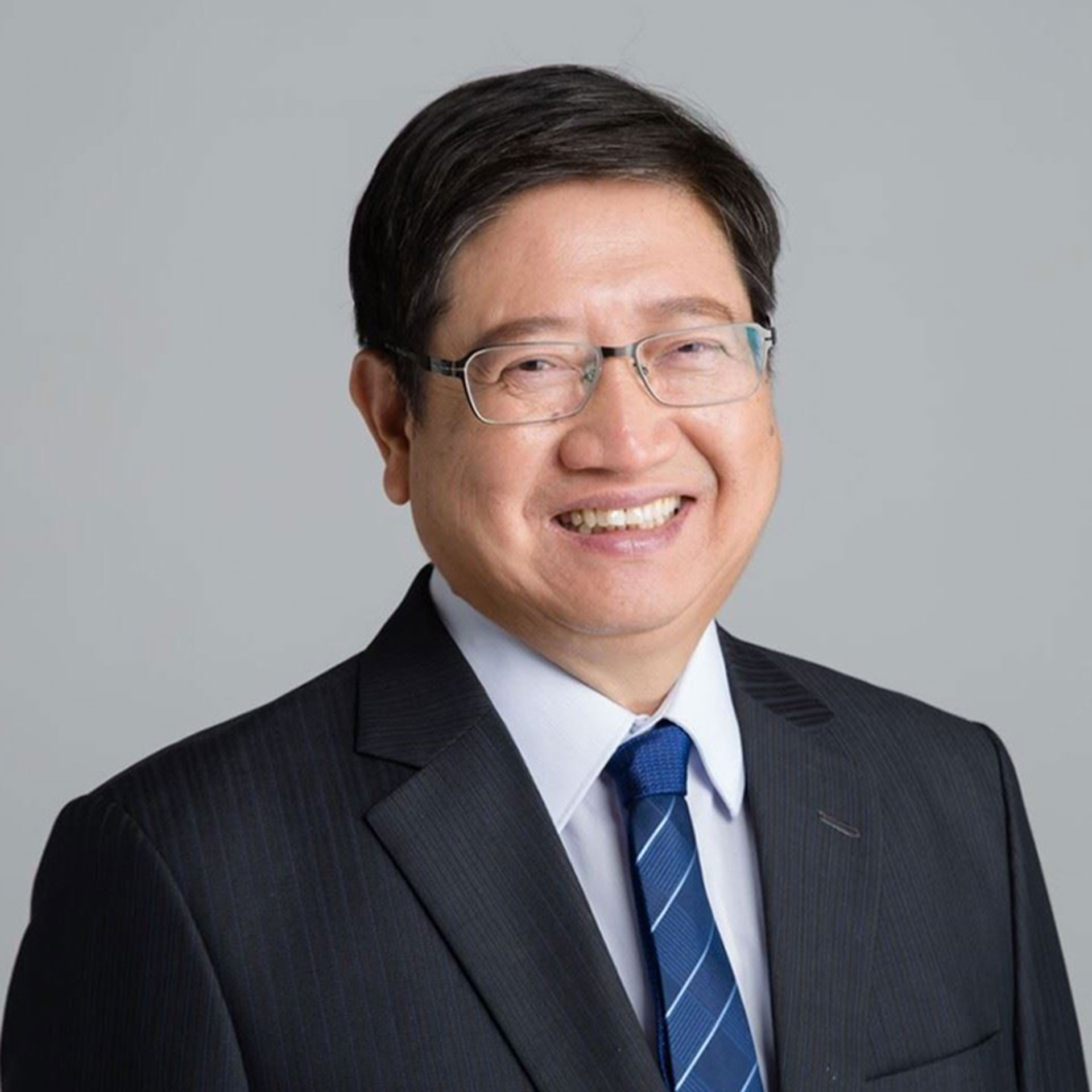
Winner interview with Yang Wen-Ke, the Gold Winner of the 2025 MUSE Creative Awards.
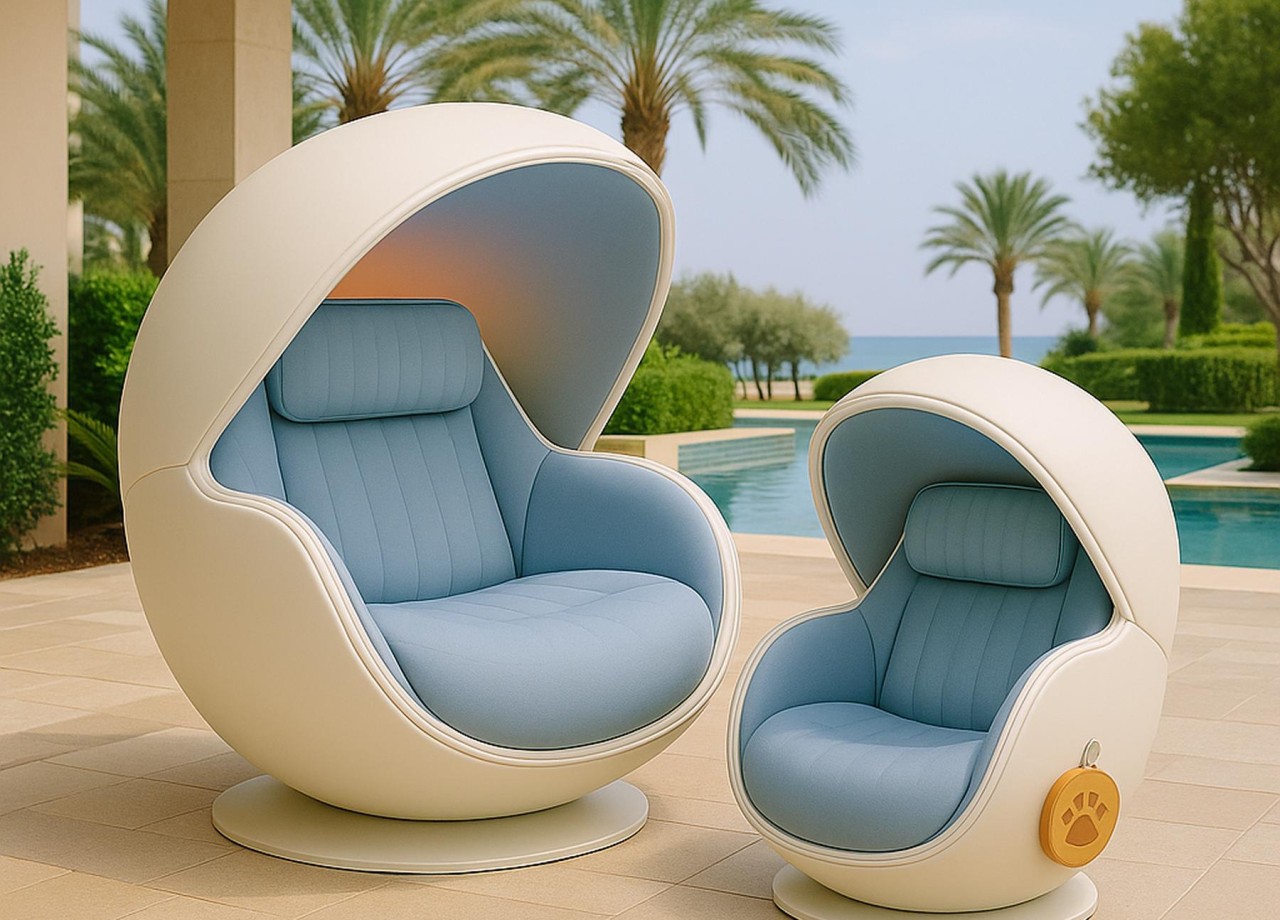
Designer Ramakanth Evani recognized this growing demand and created VitaPod – AI, a piece of co[...]
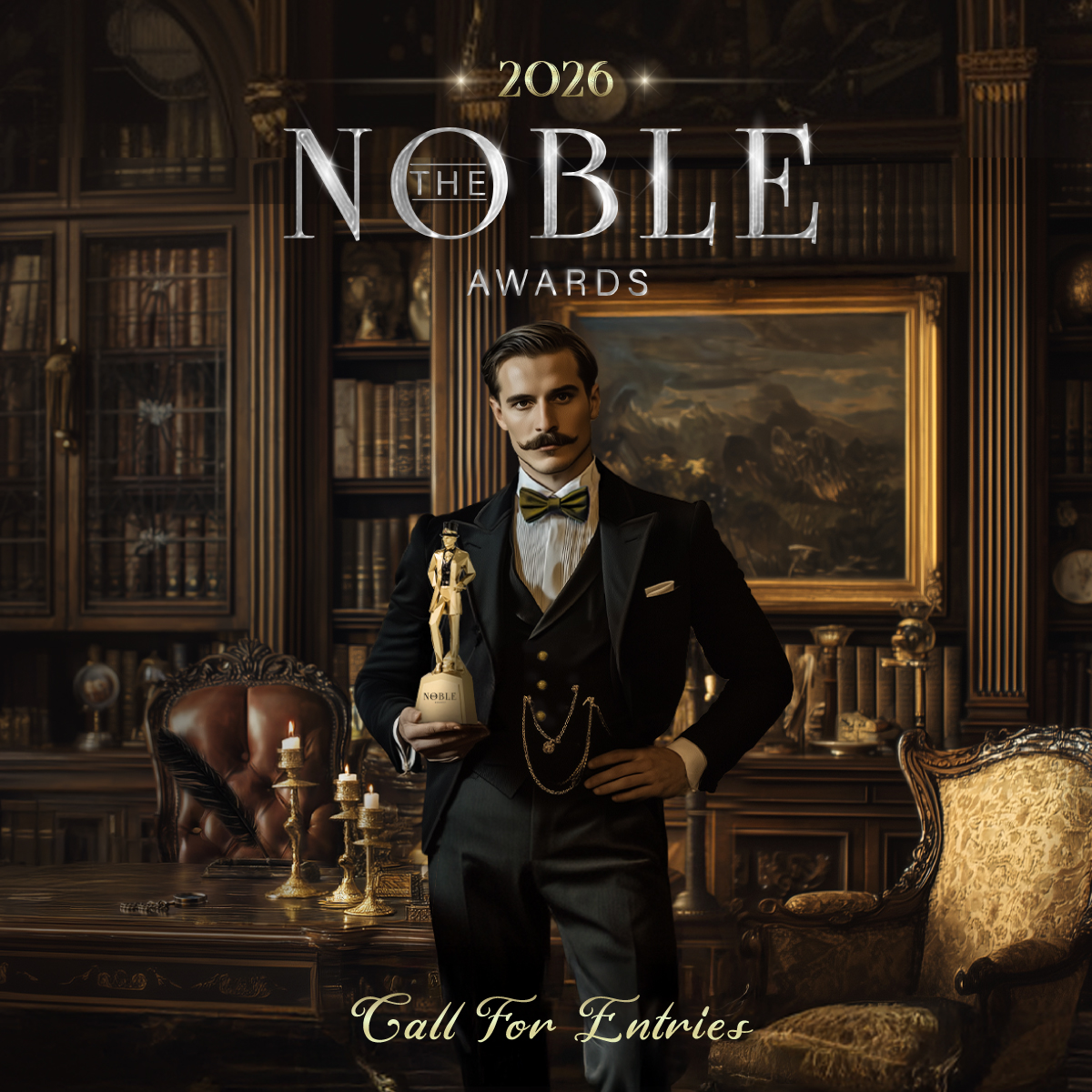
The Noble Business Awards, a globally respected symbol of excellence in business leadership and[...]
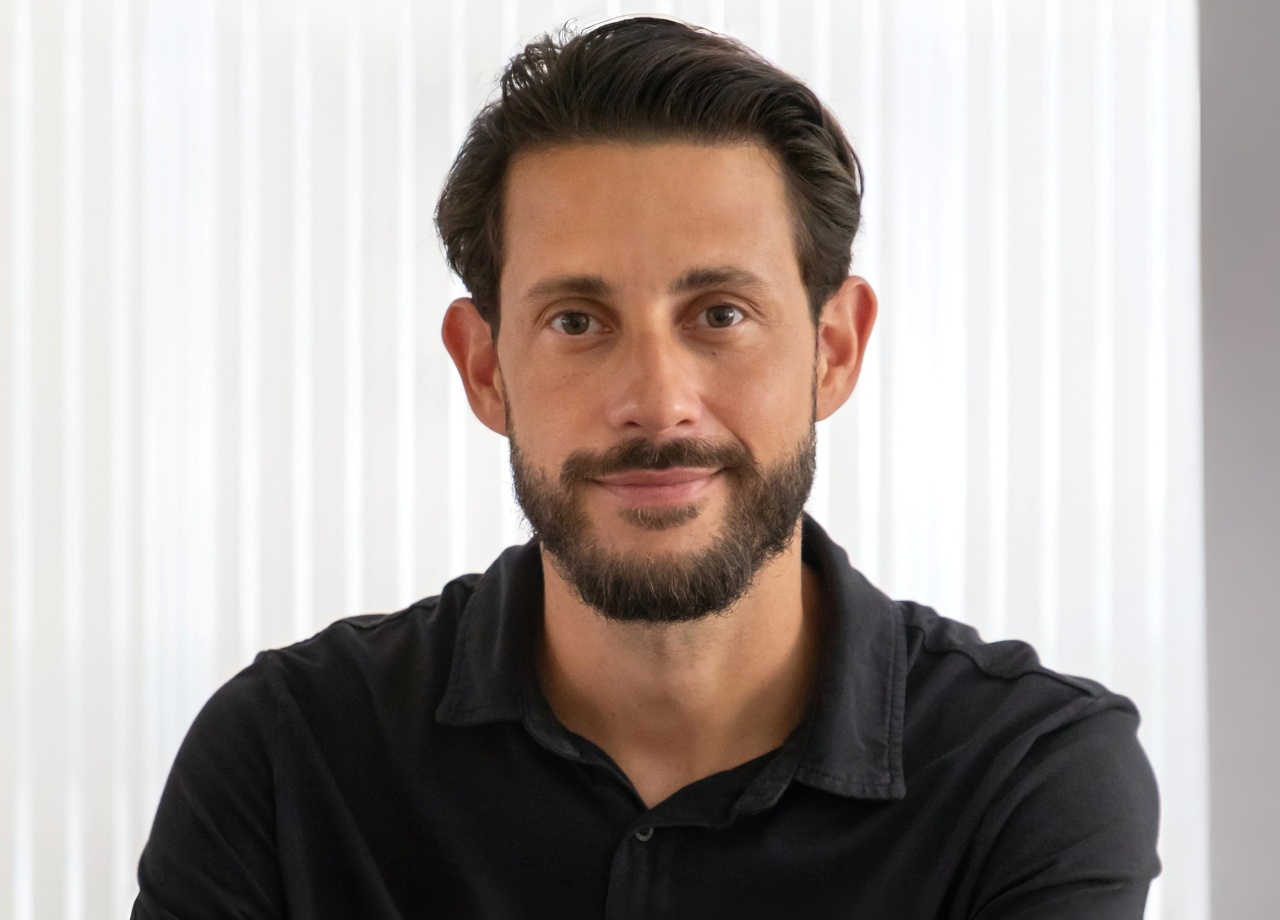
Nicholas Alencar shares that his firm, Alencar, approaches architecture as a means of shaping c[...]
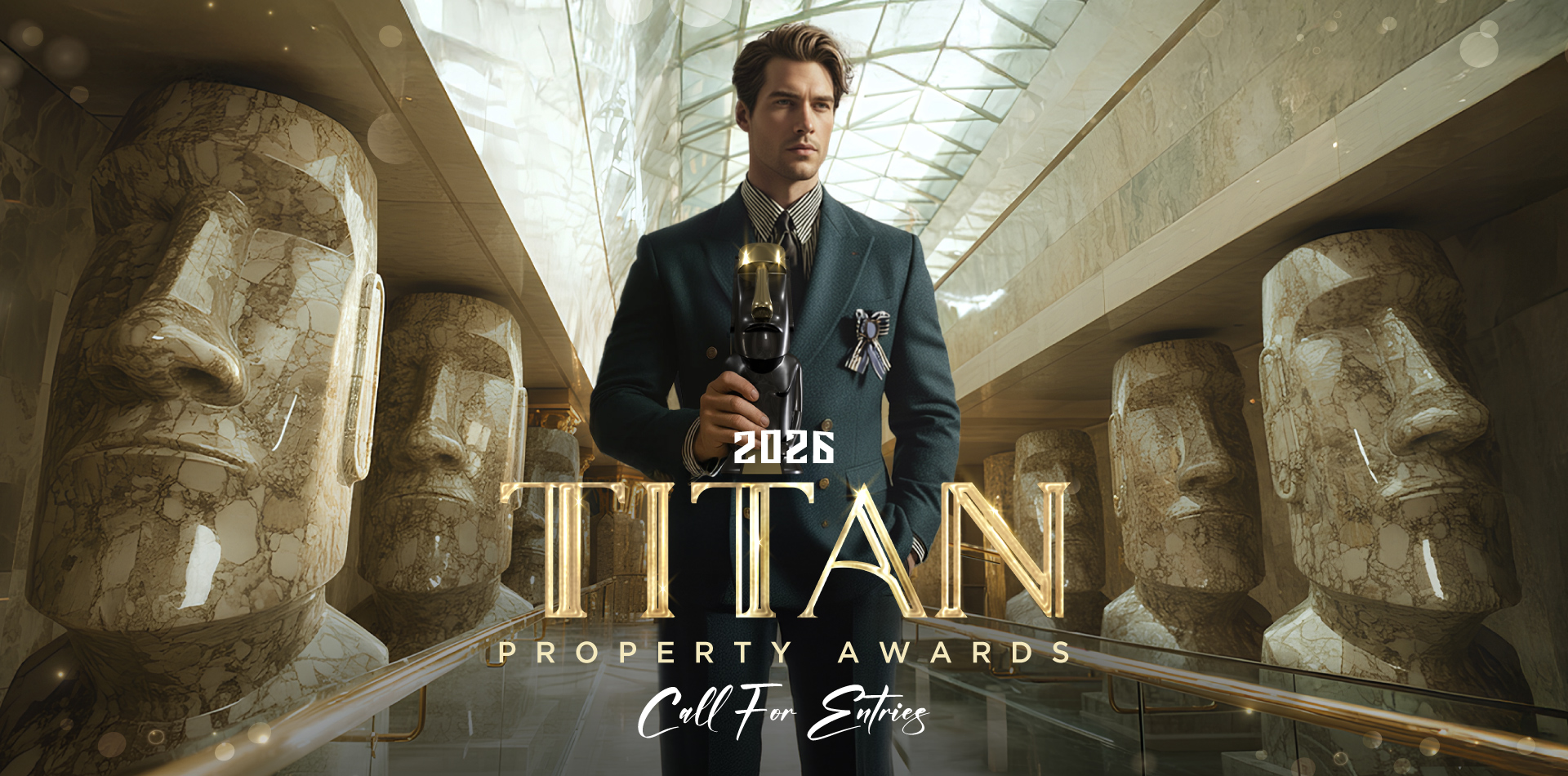
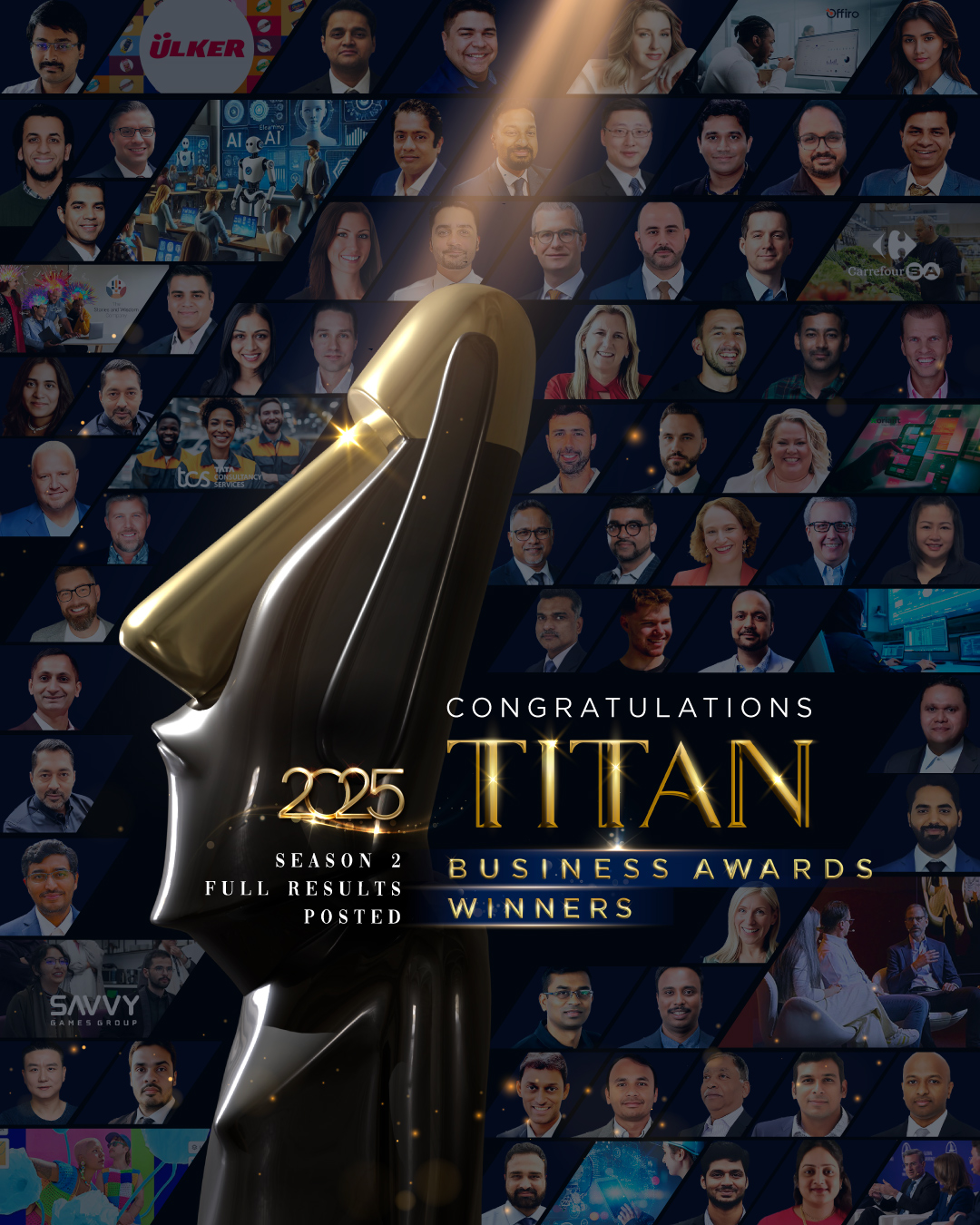
The 2025 TITAN Business Awards: Season 2 has drawn to a close, spotlighting winners for their e[...]
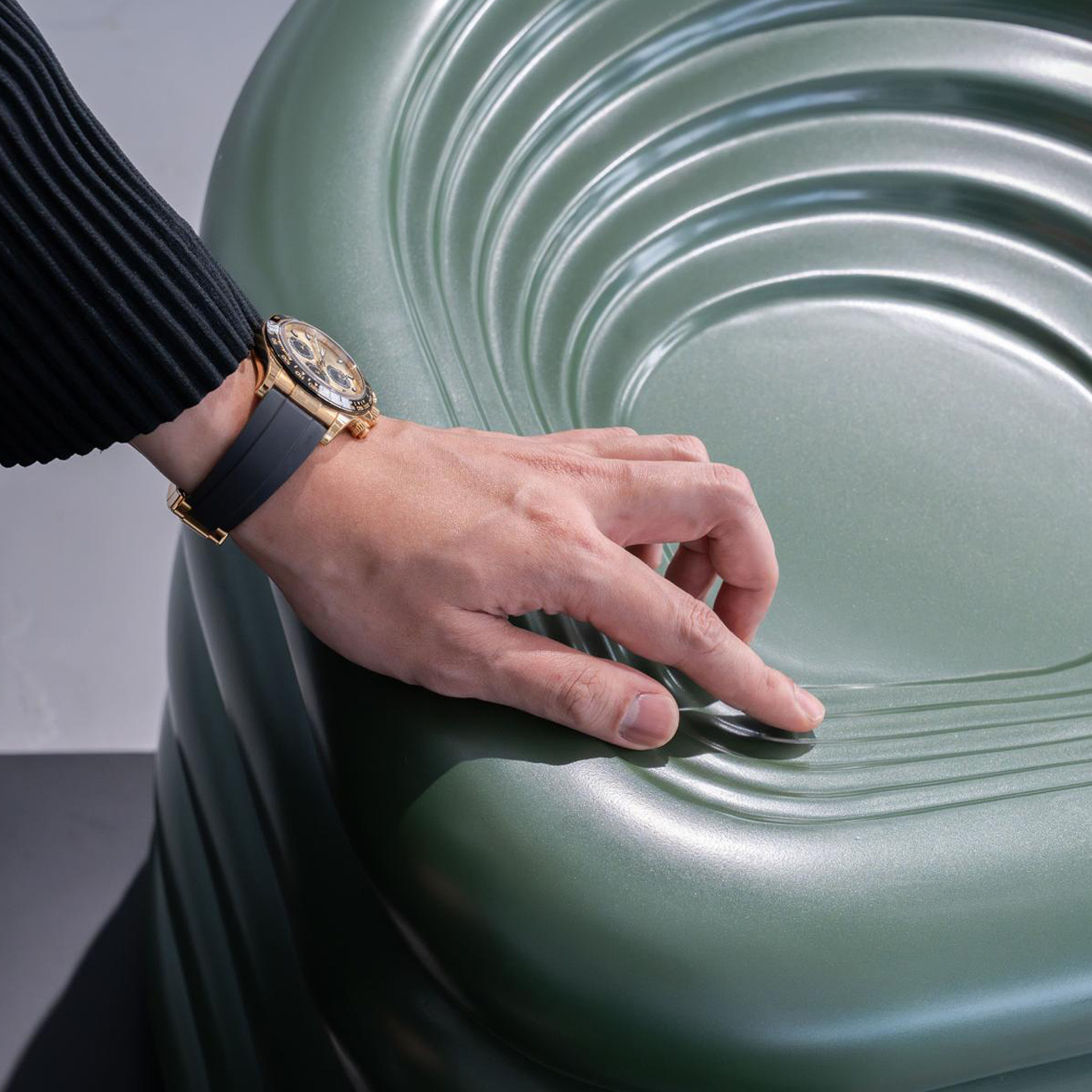
Unfolding like its namesake, Clover Collective turns simplicity into rhythm, exploring how form[...]

Nicholas Alencar shares that his firm, Alencar, approaches architecture as a means of shaping c[...]

Rodrigo Izquierdo’s photography transforms architecture into visual storytelling, where geometr[...]

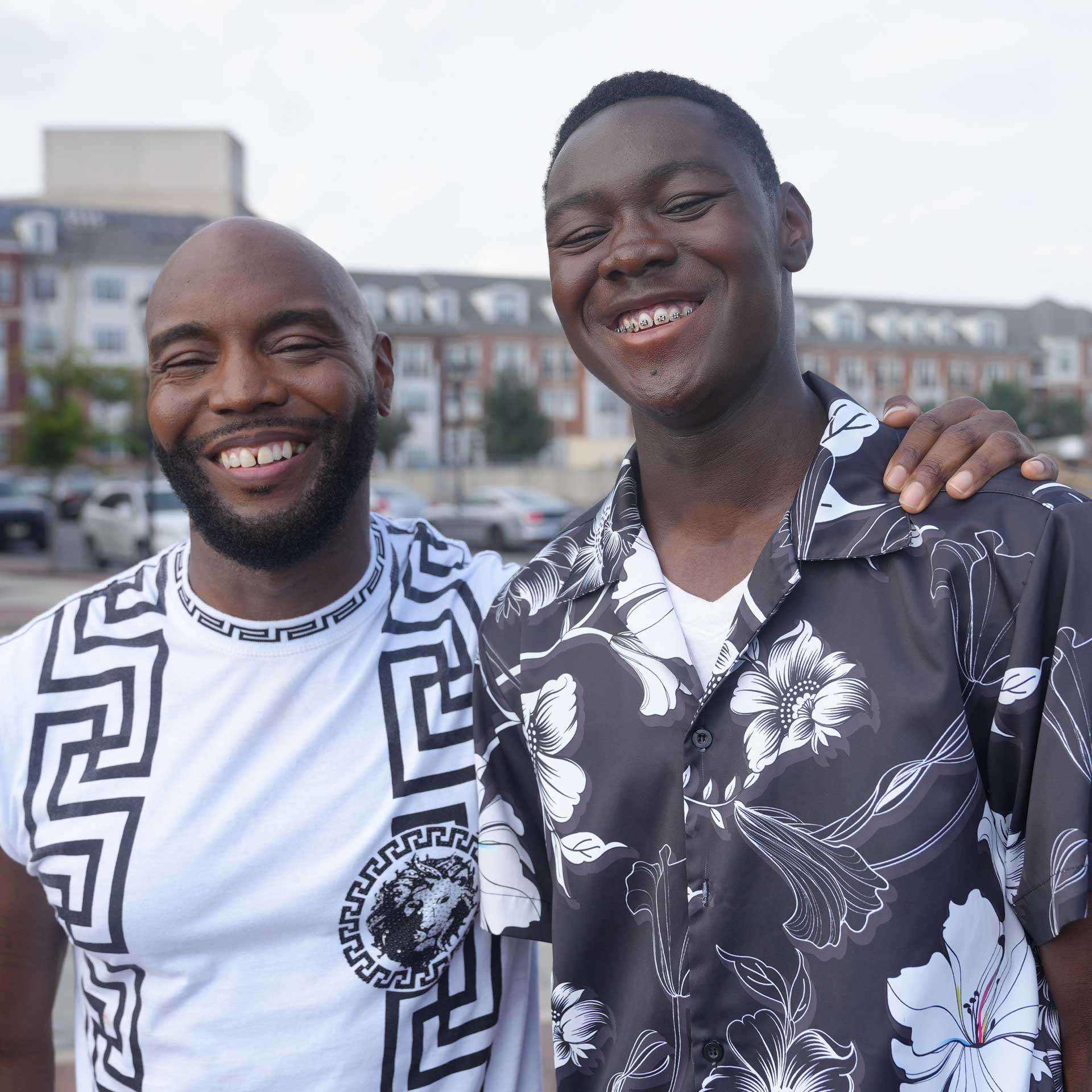
Winner interview with Carl Brister / Jordan “J-Maestro” Brister for I See You, the Platinum Win[...]
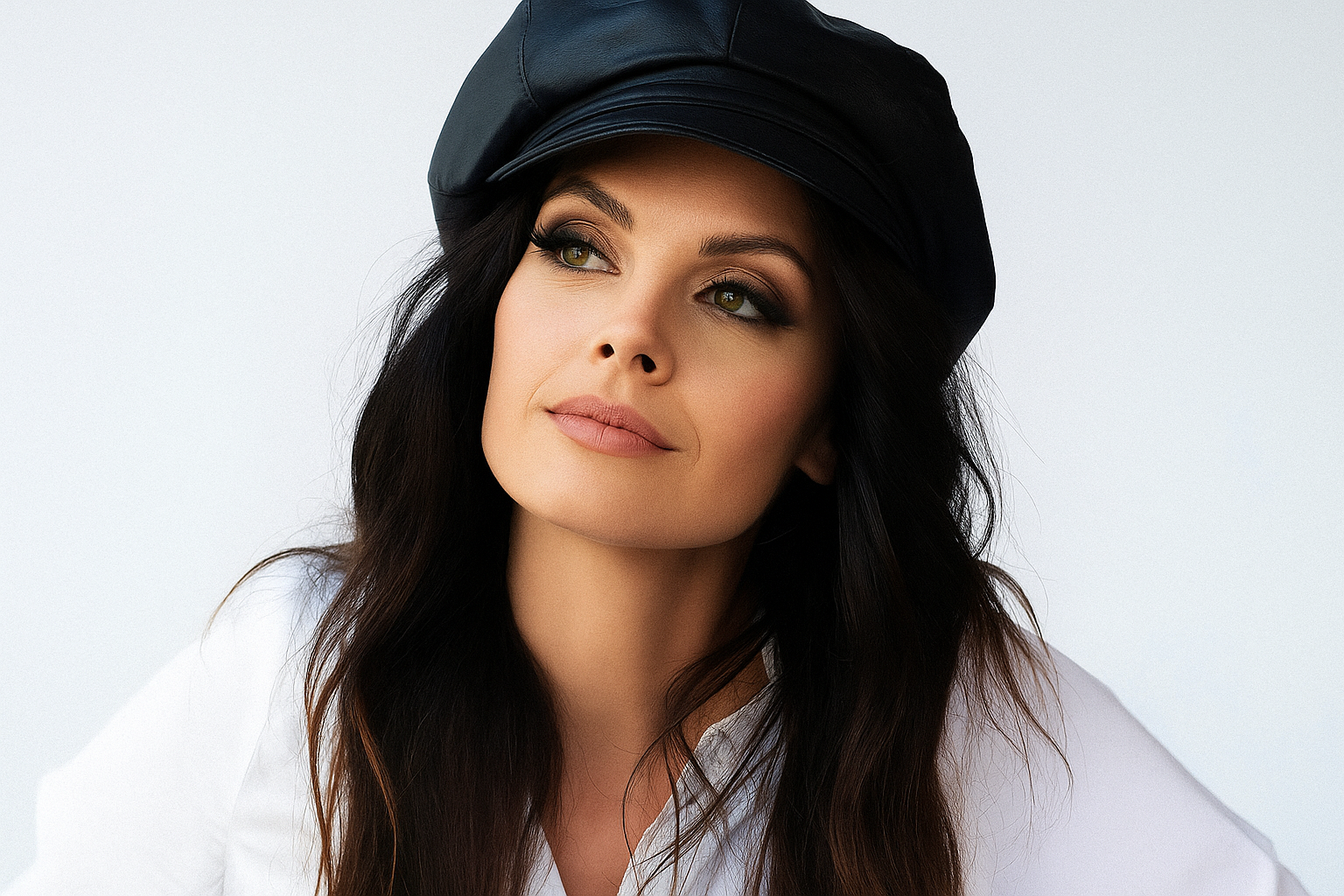
Winner interview with Kristina Marinova, the Gold Winner of the 2025 LIT Music Awards.
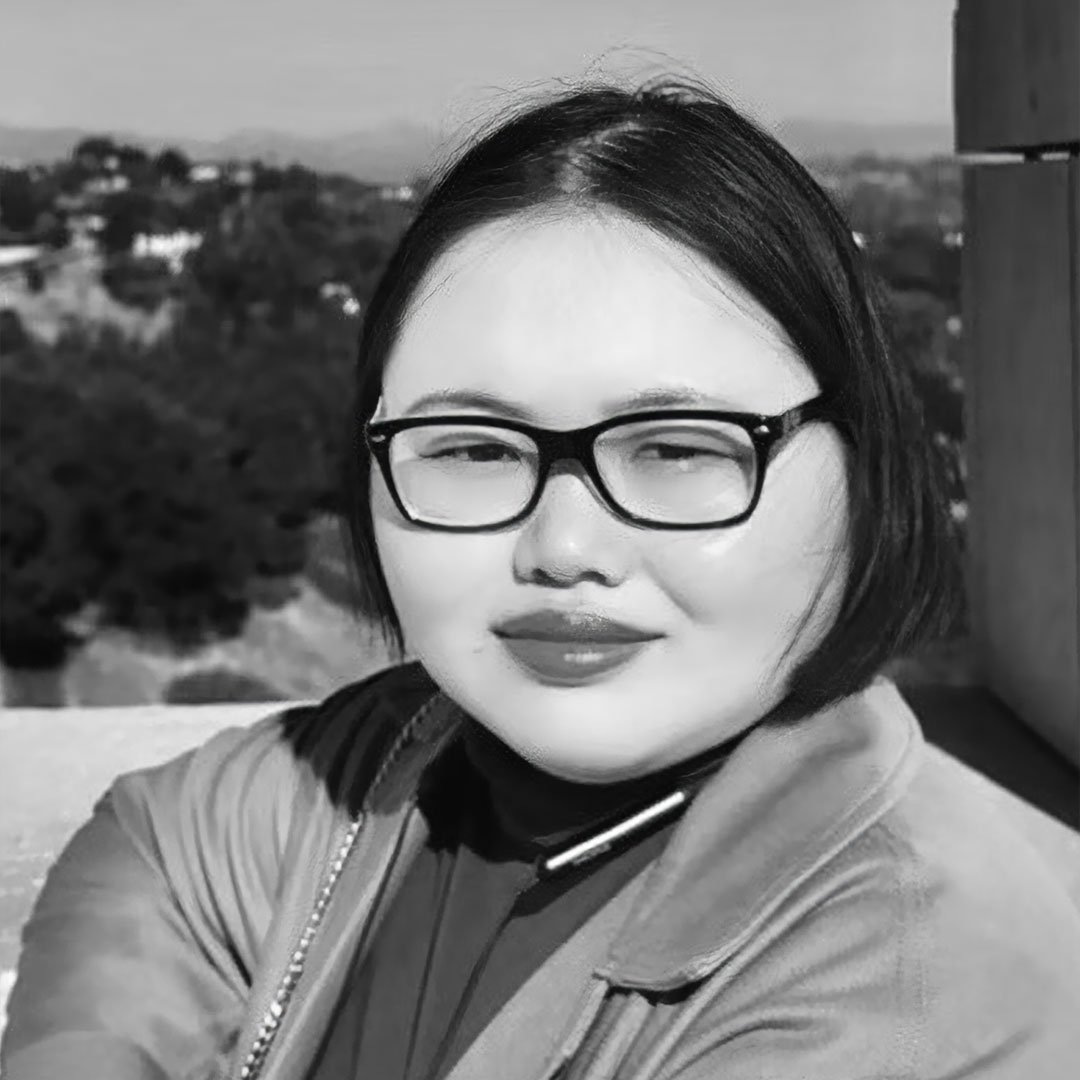
Winner interview with Yangying Ren, the Gold Winner of the 2025 MUSE Creative Awards.

Winner interview with Wenwen Zhu, the Gold Winner of the 2025 MUSE Creative Awards.
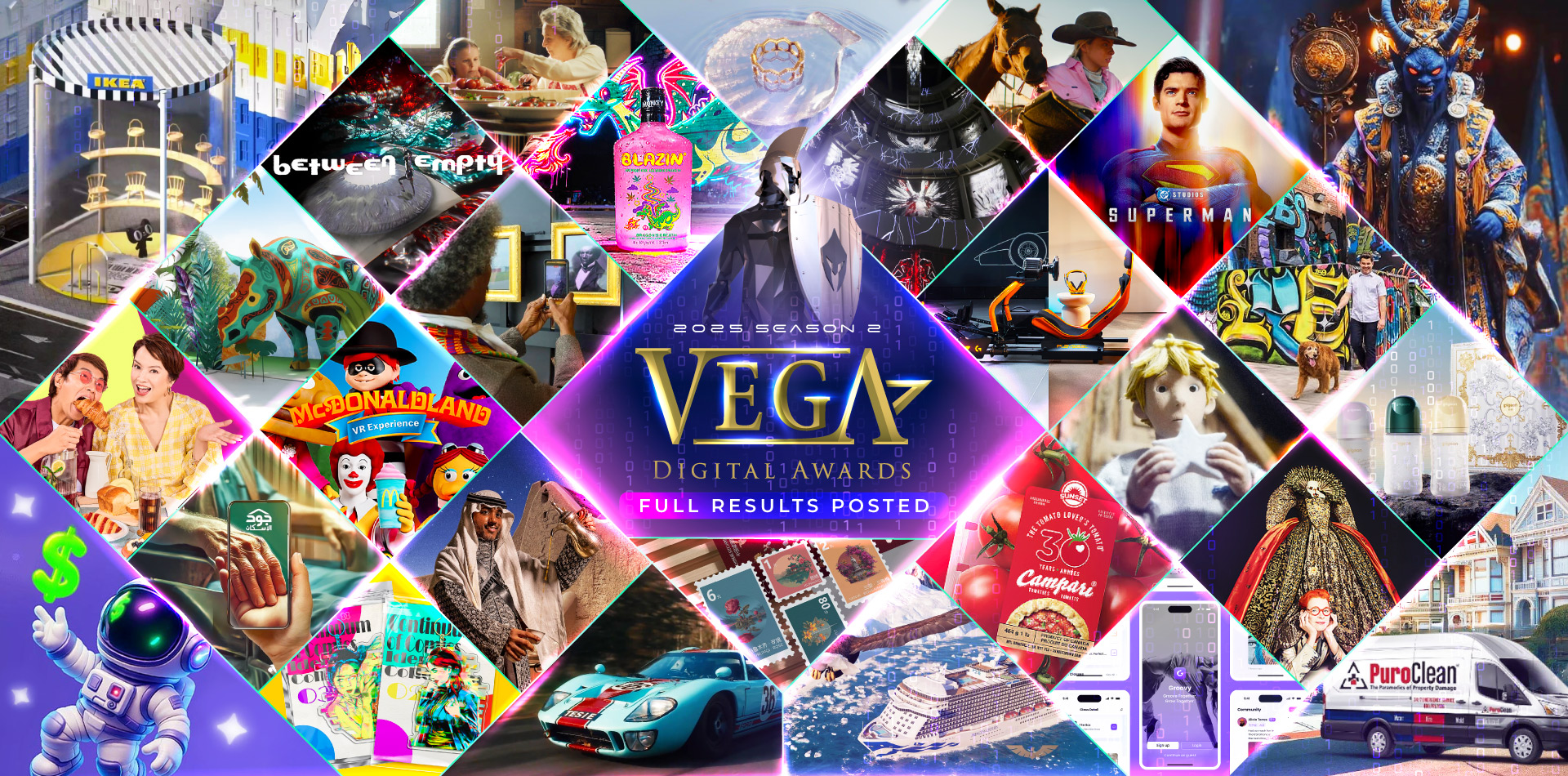
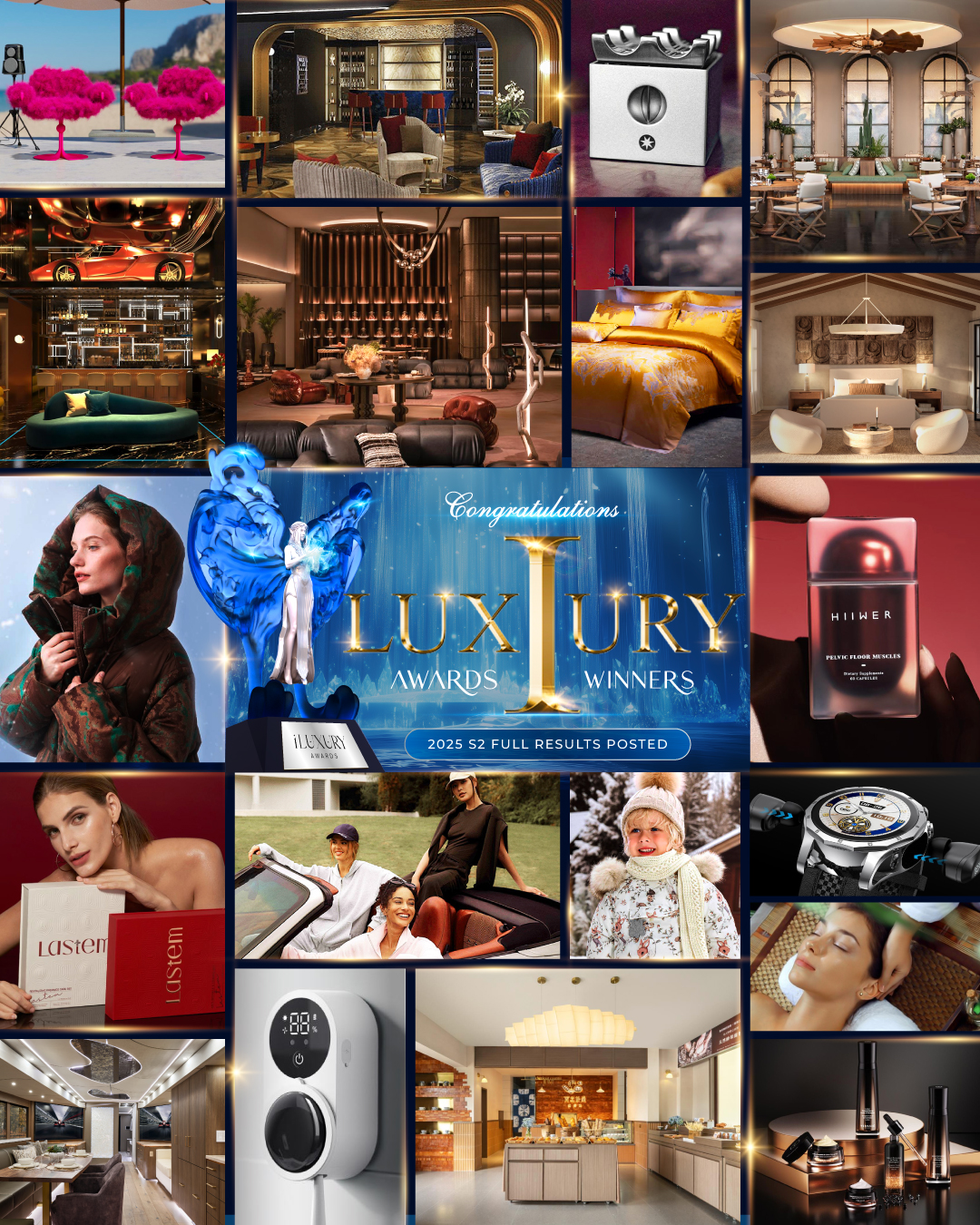
The 2025 iLuxury Awards has officially unveiled the winners of its second season, celebrating v[...]
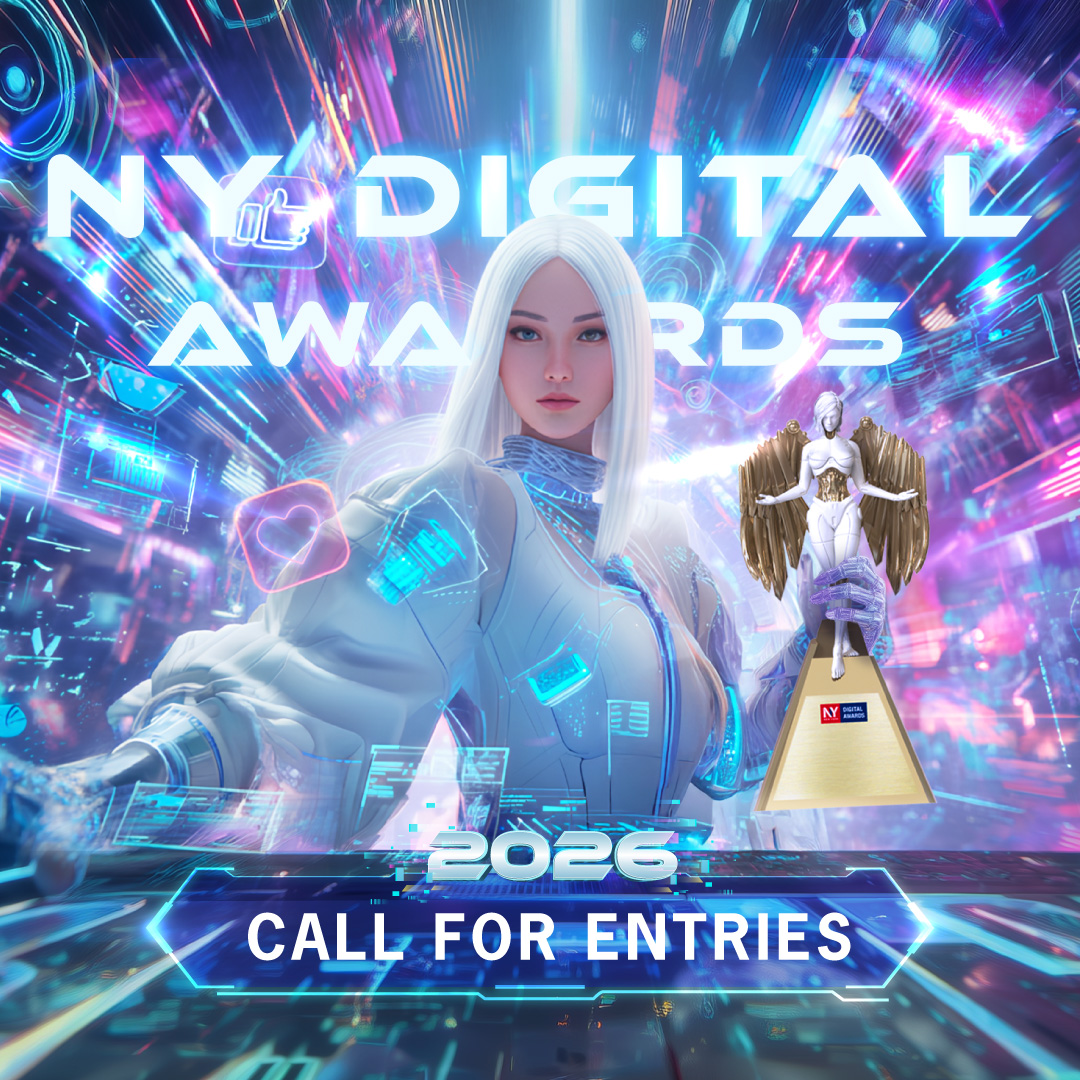
The 2026 NY Digital Awards is now open for global entries, inviting design studios, creative ag[...]
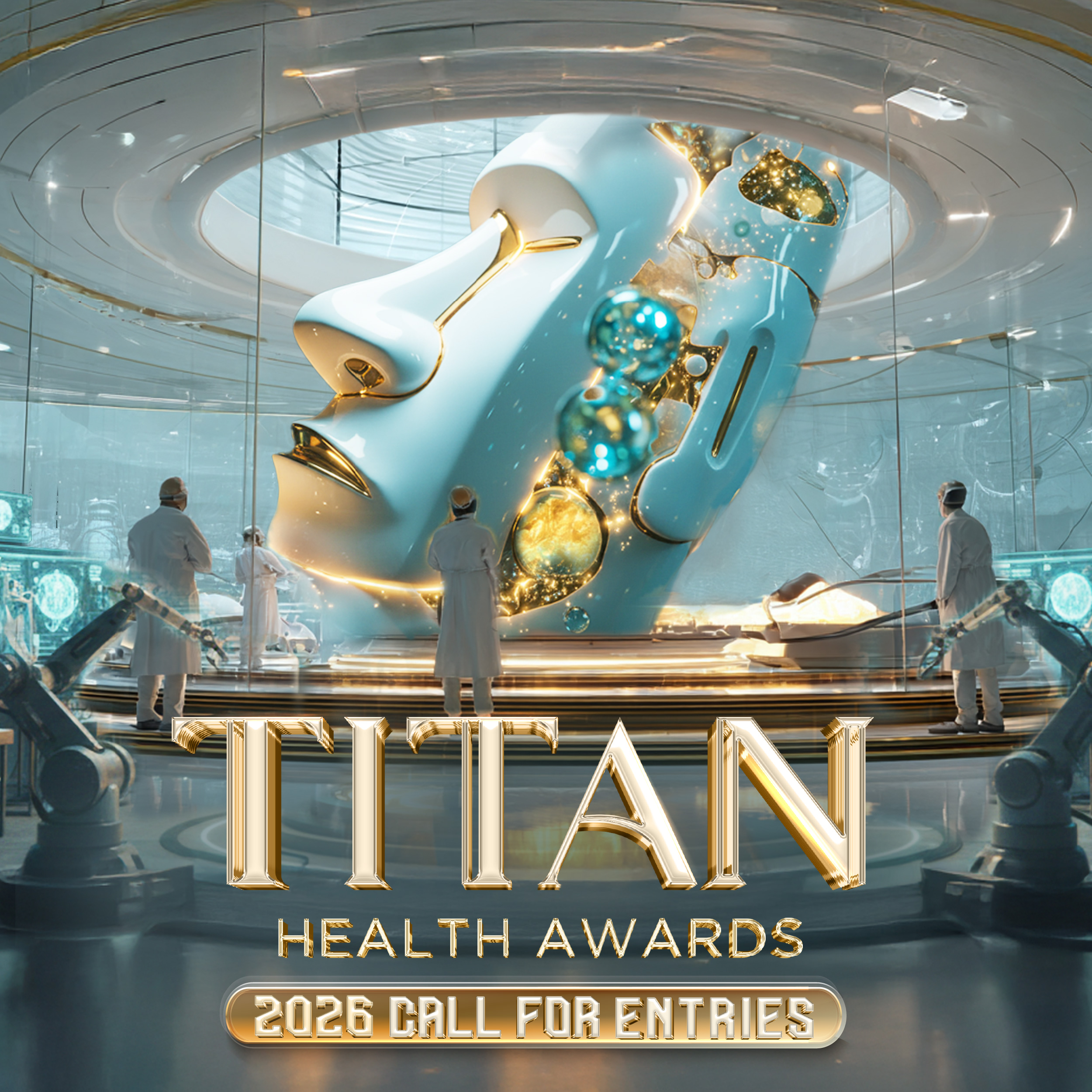
The TITAN Health Awards officially opens submissions for its 2026 competition, welcoming entrie[...]

The International Awards Associate (IAA) proudly announces the launch of the 2026 LIT Music Awa[...]
Never miss a moment of creativity — Subscribe now for inspiring ideas and more!